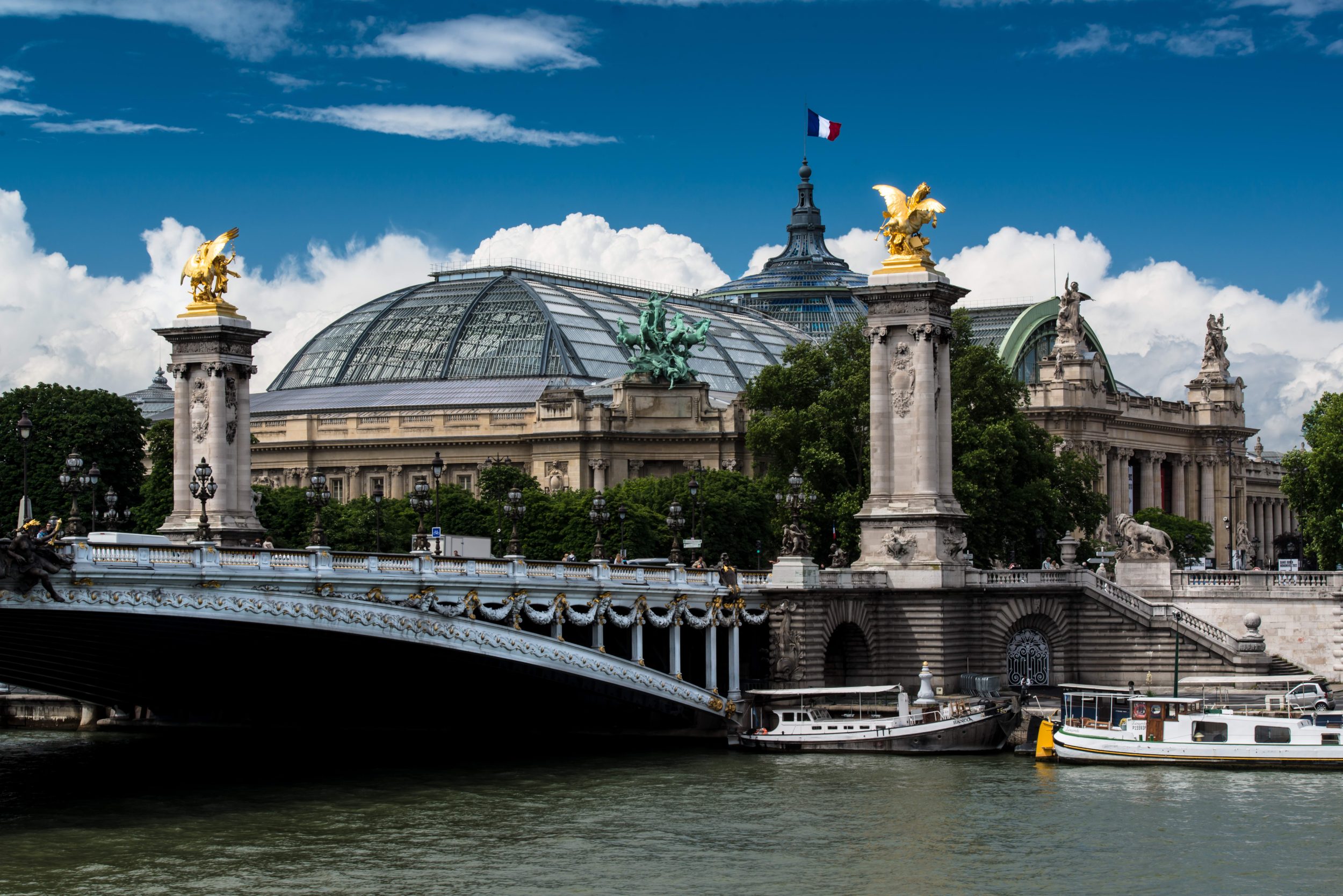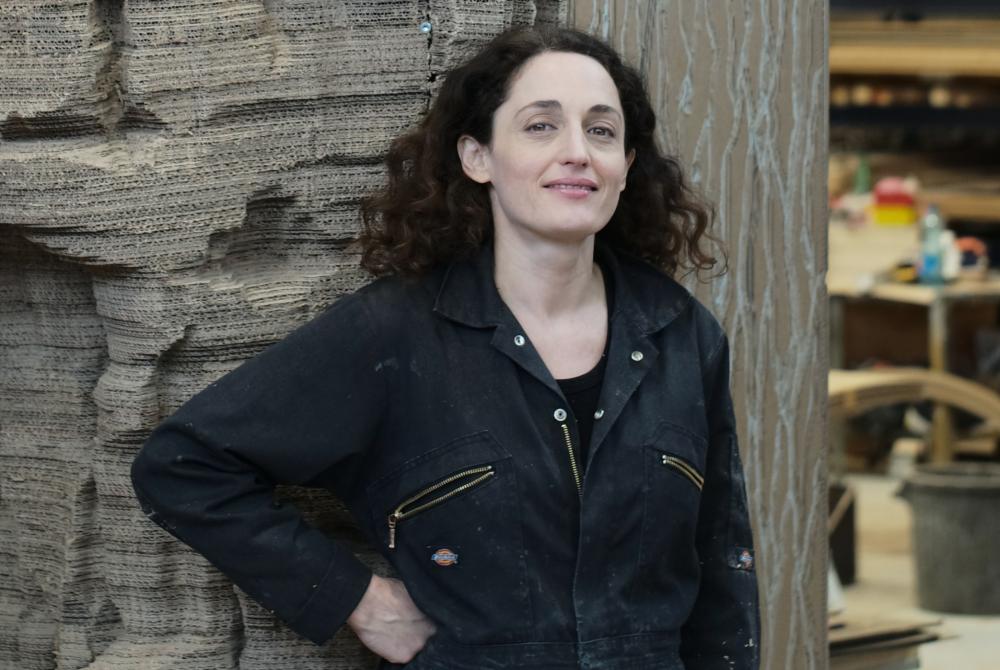Votre panier est vide
Besoin d'inspiration ?
Rendez-vous dans le programme en ligne du GrandPalais
Article -

Reducing the influence of reason and will
The man who was to become the figurehead of Surrealism immediately emphasized the fundamental role of the unconscious and the complete rejection of reason. United around this doctrine, the artists who joined the movement were all animated by the spirit of revolt for which the journal La Révolution surréaliste became the voice. Although they adopted very different languages (from painting to cinema, via photography and sculpture), these artists (Ernst, Giacometti, Magritte, Masson, Mirò, Dali, Tanguy, Man Ray, Buñuel, etc.) all had the founding manifesto in common. In a perpetual quest for the total liberation from desire called for by Breton, and in order to reduce the intervention of will, they favoured chance and invented techniques aiming to reproduce the mechanisms of dreaming: automatic writing, exquisite corpse, frottage, rayographs, etc.
Great freedom of expression, common themes
Far from presenting any visual similarity, the works produced by the various members of Surrealism reflect this freedom which they sought: dream-like landscapes, mysterious scenes, associations of all sorts of ideas, assemblies of objects, etc. Nevertheless, common themes emerge, particularly an attachment to strangeness (preferably disturbing), a taste for the hideous and a fascination with the erotic. More generally, also, a collage aesthetic favouring unlikely combinations, as Lautréamont famously described them: “As beautiful as the chance meeting on a dissecting-table of a sewing-machine and an umbrella”. Lasting more than 40 years, Surrealism exercised a considerable influence over American Post-War art (the automatic nature of Jackson Pollock’s action painting) and, in the 1960s, over Pop Art and New Realism (importance of the object).
Votre panier est vide
Besoin d'inspiration ?
Rendez-vous dans le programme en ligne du GrandPalais
See content : In the fantastic world of Eva Jospin: 8 questions for the artist

Article -
At the Grand Palais, Eva Jospin's "Grottesco" exhibition offers a timeless journey. Mysterious caves, sculpted nymphaea, petrified forests and "embroidered tableaux" come together to form a world apart. In this interview, the artist reveals her sources of inspiration, her relationship with cardboard and embroidery, and the way she turns each viewer into an explorer of her fantastical landscapes.
See content : Mickalene Thomas at the Grand Palais: an ode to love and black beauty!

Mickalene Thomas, Afro Goddess Looking Forward, 2015
Article -
It’s happening today! The exhibition All About Love opens its doors. With flamboyant portraits, self-assured bodies and bold expressions of femininity, Mickalene Thomas celebrates the beauty of Black women at the Grand Palais. A joyful and committed...
See content : It's open! Eva Jospin and Claire Tabouret: two new exhibitions at the Grand Palais

Article -
Until March 15, you're invited to explore the fascinating worlds of Eva Jospin and Claire Tabouret, presented in two Grand Palais galleries linked by the same entrance.